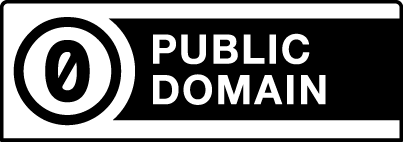Etched by Joseph Mallord William Turner, 1775–1851, British, Lauffenbourgh on the Rhine, 1811
- Title:
- Lauffenbourgh on the Rhine
- Part Of:
- Date:
- 1811
- Materials & Techniques:
- Etching and mezzotint, printed in brown ink on medium, slightly textured, cream wove paper
- Dimensions:
- Sheet: 10 3/4 × 15 7/8 inches (27.3 × 40.3 cm), Plate: 8 × 11 3/8 inches (20.3 × 28.9 cm), Image: 7 × 10 1/4 inches (17.8 × 26 cm)
- Inscription(s)/Marks/Lettering:
Inscribed in graphite, lower left: "31"; lower right: "3rd State"; inscribed on verso in graphite, lower center: "Laufenbourgh Third State"; lower right: "(ZW Aug 42)"
Lettered above image: "A"; below image: "Drawn & Etched by J.M.W.Turner, R.A.P.P. | Engraved by T.Hodgetts | LAUFFENBOURGH on the RHINE. | Published Jany. 1, 1811, by Mr. Turner, Queen Ann Street, West."
- Credit Line:
- Yale Center for British Art, Paul Mellon Collection
- Copyright Status:
- Public Domain
- Accession Number:
- B1977.14.14008
- Classification:
- Prints
- Collection:
- Prints and Drawings
- Access:
- Accessible by appointment in the Study Room [Request]
Note: The Study Room is open by appointment. Please visit the Study Room page on our website for more details. - Link:
- https://collections.britishart.yale.edu/catalog/tms:38792
- Export:
- XML
- IIIF Manifest:
- JSON
According to Turner, all landscapes belong to one of six fundamental categories: Architectural, Historical, Marine, Mountainous, Pastoral, and Elevated Pastoral. These prints are part of a systematic publication, the Liber Studiorum (“Book of Studies”), containing examples from each of these categories. This work provides further testimony to the enduring influence of Claude Lorrain. Claude made sepia ink and wash drawings to record all his authentic compositions and brought them together to form his celebrated Liber Veritatis (“Book of Truth”). These drawings came to be seen as the epitome of the art of landscape and were later reproduced as fine mezzotints. They inspired Turner to make his own, even more ambitious equivalents. Though imitating the format and sepia coloring of Claude’s drawings, Turner’s plates were intended not as a record of his paintings but to illustrate his own original theory of landscape art. Although never completely finished, the Liber Studiorum is among the artist’s most personal and pioneering contributions to the practice of printmaking. Gallery label for J. M. W. Turner: Romance and Reality (Yale Center for British Art, March - 29, 2025 - July 27, 2025)
If you have information about this object that may be of assistance please contact us.

